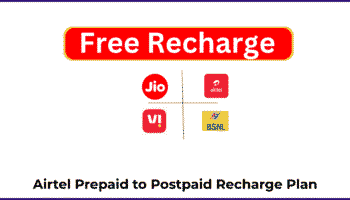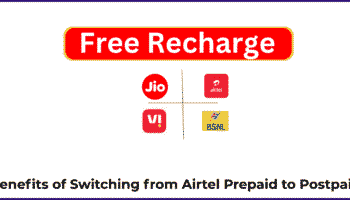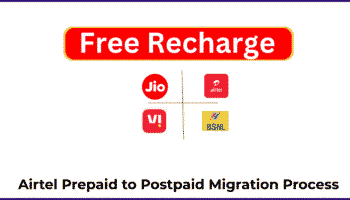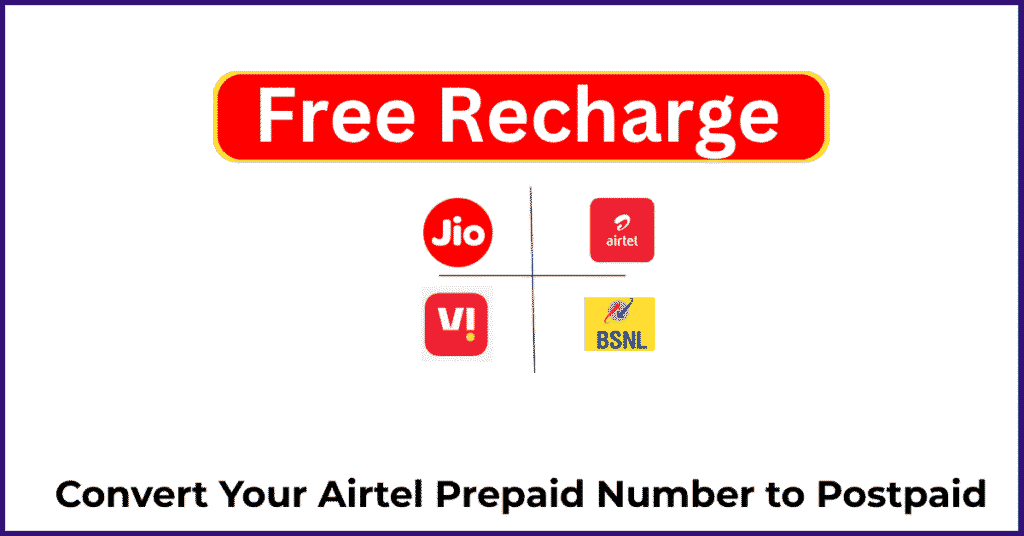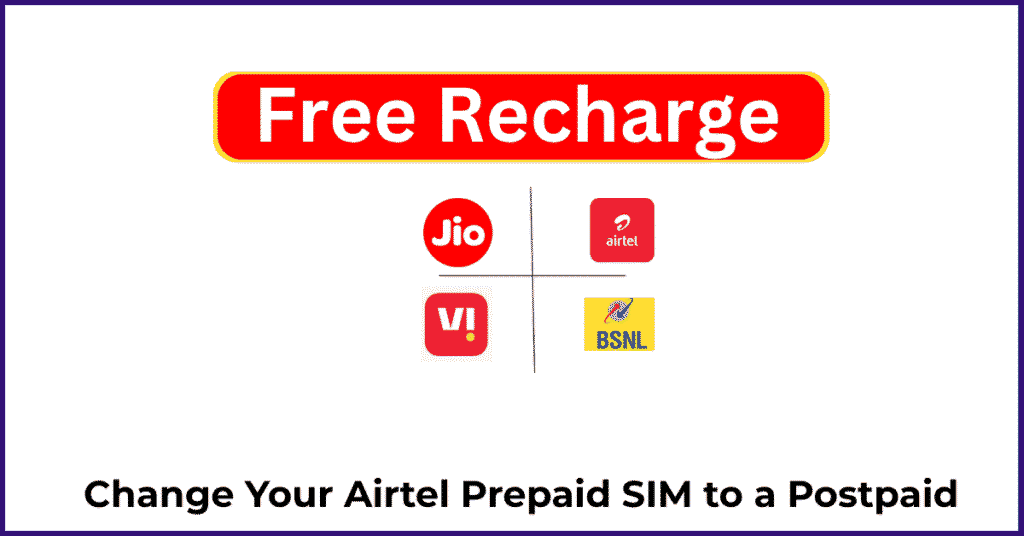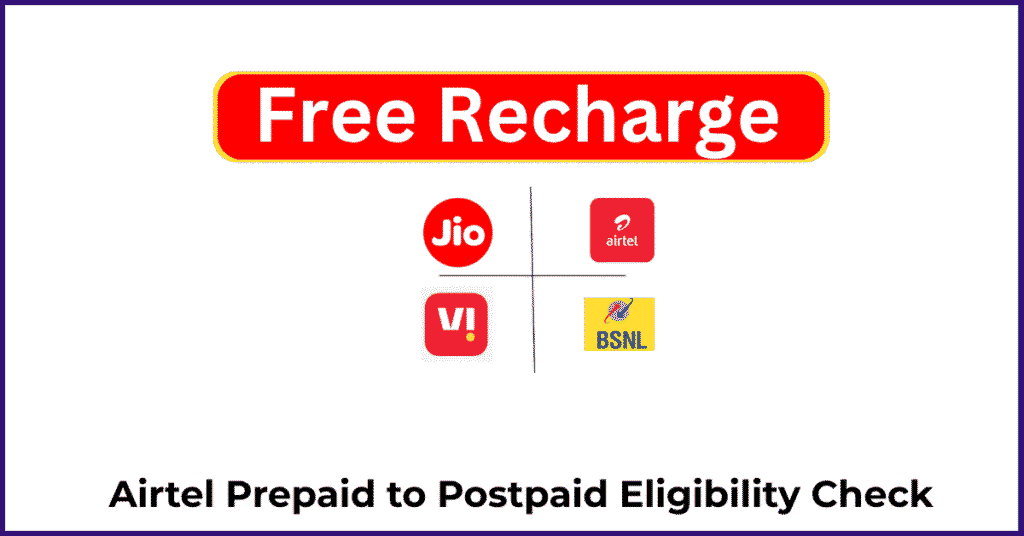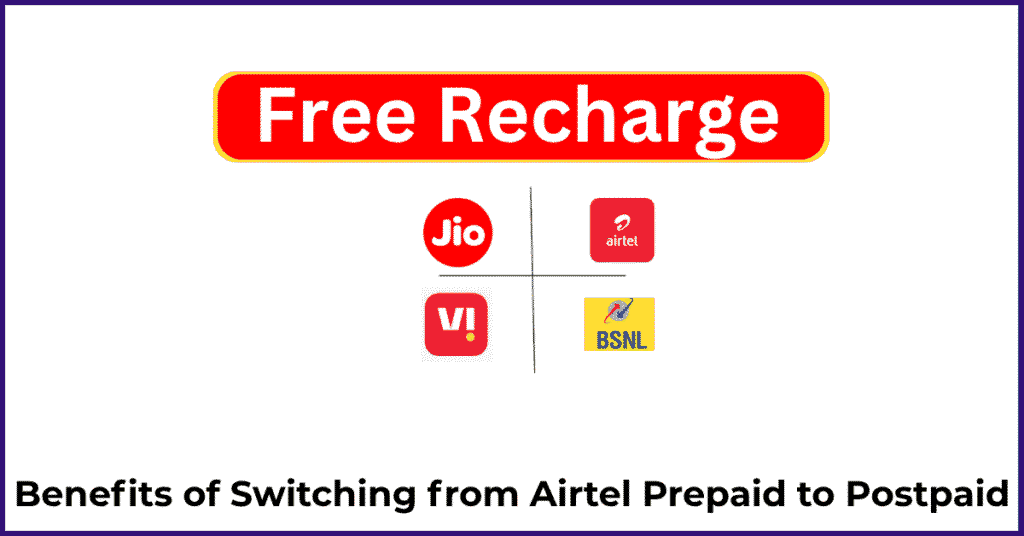Switching from prepaid to postpaid is already a smart move if you’re looking for more convenience, perks, and stability. But going for a family postpaid plan takes that up a notch—letting your household share data, under a single bill, with extras bundled in. In this blog, I’ll walk you through everything about Airtel’s prepaid‑to‑postpaid family plan: what it is, how it works, pros & cons, steps, tips, and what to watch out for. Think of this like a guide you and your family can refer to.
What Is an Airtel Postpaid Family Plan?
A family plan (sometimes called “shared” or “add‑on SIMs”) is a postpaid tariff setup where one “primary” account holder has multiple mobile lines (secondary SIMs) under the same billing account. Each line (SIM) shares data, and often gets its own calling / SMS privileges, but the charges are consolidated.
So, when you convert your prepaid number to postpaid under a family plan:
-
You become (or join as) a primary or secondary line in a shared account.
-
You share data from a common pool.
-
You all get a single monthly bill instead of separate ones.
-
Additional SIMs may be cheaper than full postpaid lines.
Airtel calls these Family Postpaid / Add‑On SIM plans. Airtel+2Airtel+2
Benefits of Choosing an Airtel Postpaid Family Plan
Here are the key advantages:
1. Cost Efficiency / Economies of Scale
Instead of each member paying for a full postpaid plan, you share costs. Add‑on SIMs are cheaper because some core services (billing, network infrastructure) are common.
2. Single Consolidated Bill
You don’t have to manage multiple bills or due dates. One main invoice covers all lines. Airtel+1
3. Shared Data Pool
Data is shared among all lines. If one member doesn’t use much, another can use more. Many plans also allow data rollover. Airtel+2Airtel+2
4. Uniform Benefits Across Lines
All members can enjoy calling, SMS, and included perks (e.g. OTT subscriptions) as per plan terms. Airtel+2Airtel+2
5. Simpler Management & Control
As a primary account holder, you can track usage, control add‑on lines, and manage changes from a single dashboard (e.g., Airtel Thanks app).
6. Better Perks / Higher Tier Plans
Family plans often come with higher data caps, premium OTT bundles, and perks that wouldn’t be cost‑effective for individual SIMs. Airtel+3Airtel+3Airtel+3
7. Flexibility for Growing Households
You can usually add or remove SIMs (subject to plan terms) as your family’s needs change. Airtel+1
Airtel’s Family Postpaid Plans (As of Latest)
While plan names, data caps, and pricing vary by circle (state), here are some examples and features Airtel advertises:
-
The ₹699 Family Plan: This plan offers a shared data pool of 105 GB for the family. Airtel
-
Family Plan line structure: up to 4 connections can be part of a family plan. Airtel+2Airtel+2
-
Typical features include unlimited calling + 100 SMS/day and data rollover. Airtel+1
-
Extra perks like OTT / streaming services (depending on plan) may be included. Airtel+1
-
Airtel advertises “3 SIMs free for your family” on certain postpaid plans. Airtel
Because offerings can vary by circle (e.g. Uttar Pradesh), it’s best to check what’s available in your area via the Airtel website or Airtel Thanks app.
How to Convert Your Prepaid Number to Join / Start a Family Plan
If you already have a prepaid Airtel number and want to migrate it into a family postpaid plan (either as primary or as a secondary line), here’s how you can do it:
Step 1: Check Family Plan Availability in Your Circle
Using Airtel’s website or app, see which family postpaid plans are available in your telecom circle. Some plans may not be offered everywhere.
Step 2: Check Your Eligibility & KYC Status
Make sure your prepaid number is KYC‑compliant and eligible for conversion. If your KYC is outdated, update it at an Airtel store.
Step 3: Decide Role (Primary or Secondary)
-
Primary Account Holder: You’ll pay the consolidated bill and manage all lines.
-
Secondary / Add‑on SIM: You’ll be part of someone else’s family plan.
If you are the primary, and none of the numbers are postpaid yet, you may convert your prepaid number to postpaid and then add others.
Step 4: Request Conversion / Add Line
-
Via Airtel Thanks app / Online portal: There is usually a “Switch to Postpaid / Add SIM / Family Plan” option.
-
At Airtel Store / Service Center: Go offline and give your ID proofs, choose the plan, and request adding or converting your line into a family plan.
Step 5: Verification & Activation
You may need to submit identity proofs and address documents (if not already on file). After verification, your line will be activated as part of the family plan (usually within a few hours or up to a day).
Step 6: Confirm Shared Data & Line Setup
Once active, verify that your data is being shared properly, check individual usage, and ensure the plan benefits are working for all lines.
Things to Watch Out For / Disadvantages
While family plans offer many benefits, there are a few caveats:
-
Data hogging by one user: One line might consume most data, leaving others short.
-
Usage tracking complexity: You’ll need to monitor per‑line usage so someone doesn’t overuse.
-
Billing disputes: Since all lines are under one bill, disagreements among users are possible.
-
Plan inflexibility: Individual plans might offer more flexibility for power users than family sharing.
-
Lock‑in / minimum period: Some family plans may have minimum commitment durations.
-
Unequal benefits: Some perks (OTT, roaming) might only benefit the primary or shared account, not equally per line.
Tips to Make the Most Out of a Family Plan
-
Set usage rules among family — e.g. limit streaming hours for kids
-
Monitor usage daily / weekly via Airtel app
-
Upgrade plan when needed— always have some buffer
-
Add or remove lines smartly based on need
-
Check rollover policies — unused data should carry forward
-
Understand OTT / bonus perks split — some perks might only apply to the primary line
Final Thoughts
If you’re thinking about migrating your Airtel prepaid number into a postpaid family plan, it can be a win for your household — more data, lower cost per person, unified billing, and added perks. The process is pretty straightforward as long as your KYC is in place and the family plan is offered in your area.
